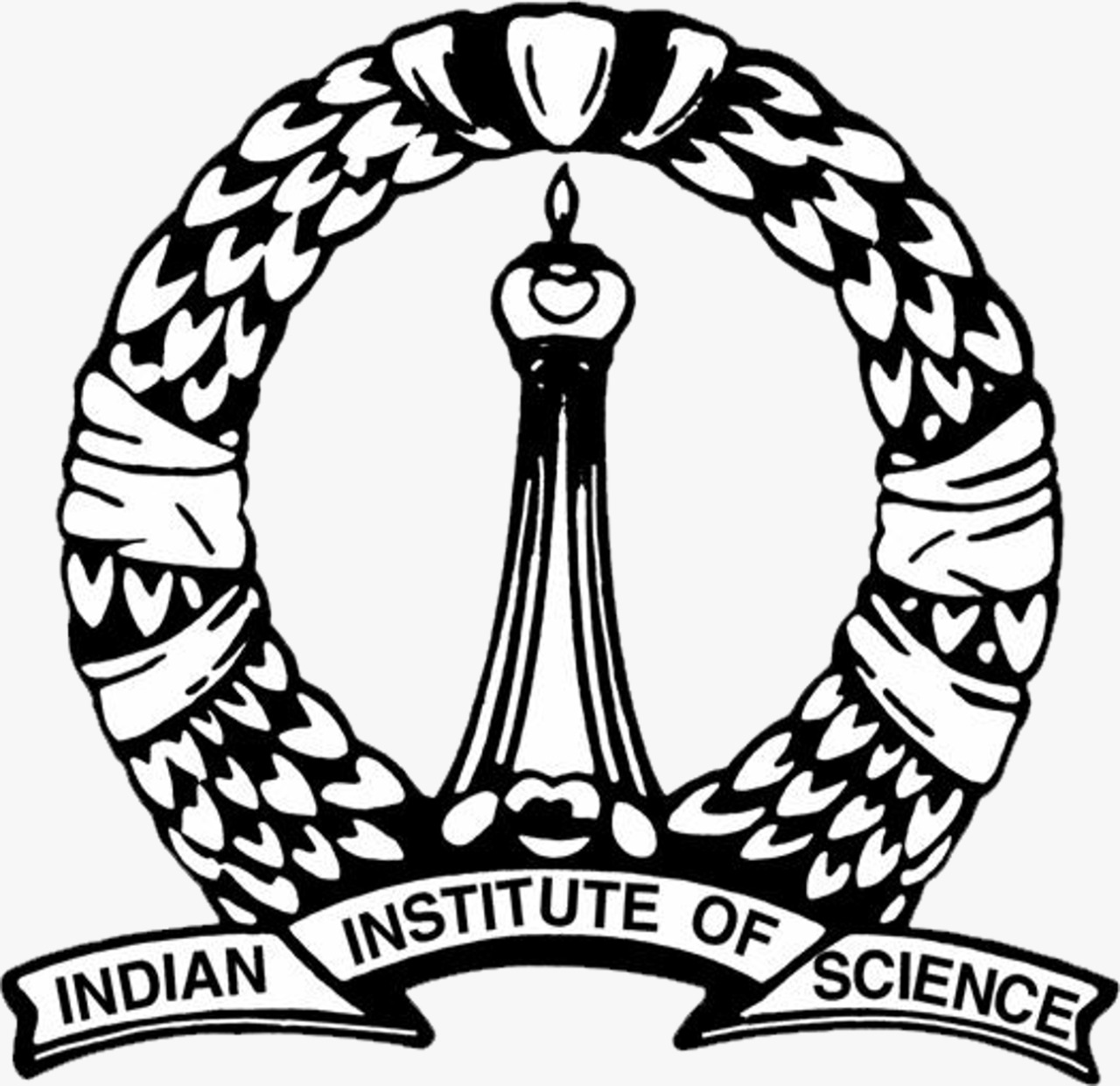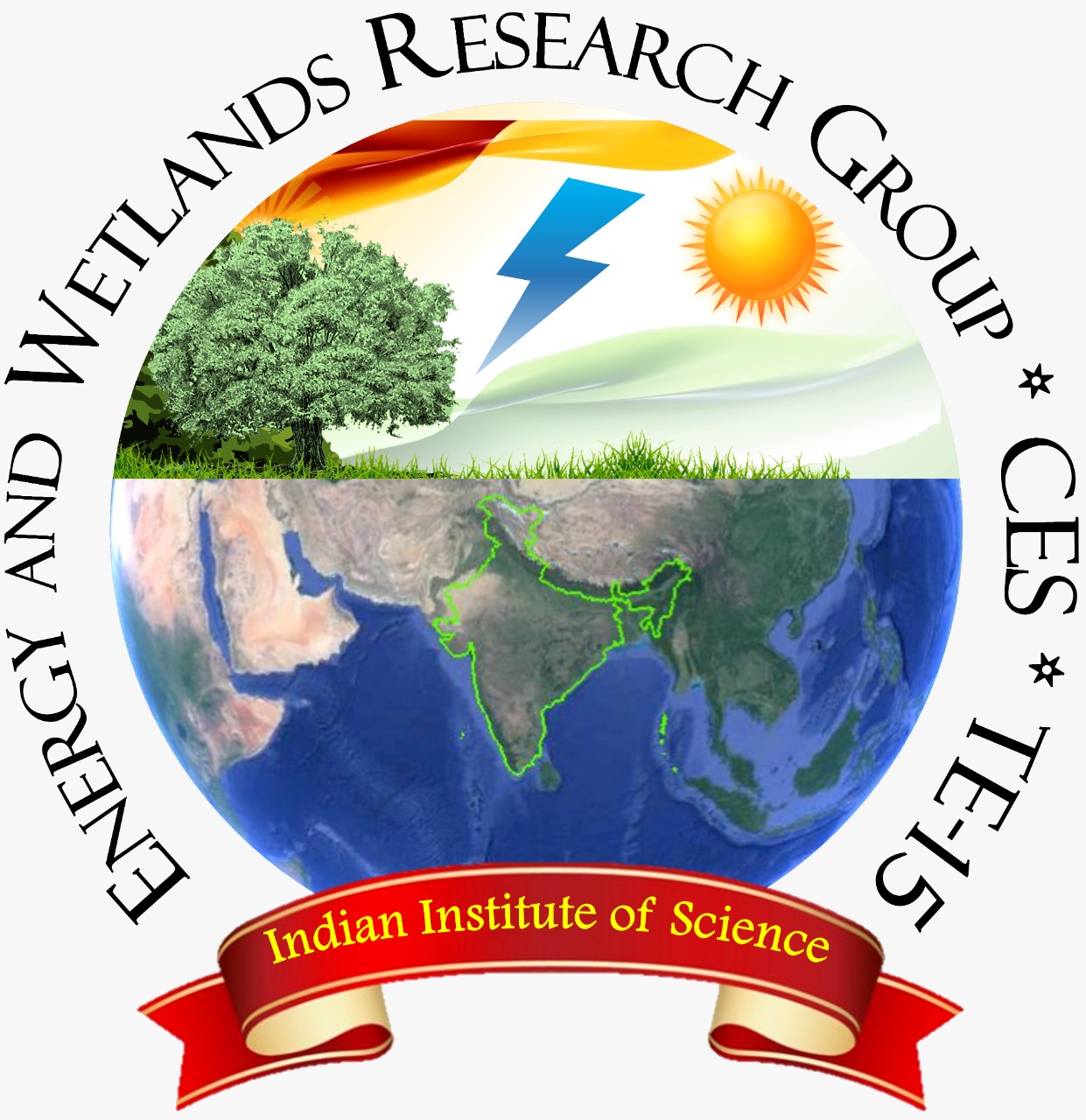|
Conclusion
ESRs are the eco-clusters or the ‘ecological units’ that may be easily affected or harmed. The ESR prioritization (ESR 1–4) via varied themes (biological, geo- climatic, social, etc.) at panchayat level is a major step towards an ecological audit that eventually results in the conservation and sustainable use of biodiversity. Spa- tially, 52.38% of the district represents ESR 1, while 14.29% of area represents ESR 2, 13.1% of area represents ESR 3 and about 20.23% of the district is in ESR 4. Regions under ESR 1 and ESR 2 are “no-go area” for any developmental activities involving large-scale land-cover changes. ESR 2 has eco-sensitiveness similar to ESR 1 and has scope to attain the status of ESR 1 with eco-restoration measures. The persistence of the endemic (rare, threatened, etc.) species in ESR 1 and ESR 2 calls for serious attention from conservationists and decision-makers to initiate programs immediately for conservation. The fact that watercourse forests have not only rare species but also high biomass and greater carbon sequestration potential also calls for revision of forest management policies, as the innumerable stream courses of Western Ghats offer tremendous potential for carbon stocking per unit area while also bettering the hydrology of these mountains, which form the main watershed for the entire Indian peninsula. Rendering such service for mitigating global climatic change can also, same time, serve well the cause of eco-sensitive Western Ghats States Western Ghats District boundary Overlay of Western Ghats States, District Boundaries and Uttara Kannada Panchayats
Fig. 6 Visualization spatial layers of Western Ghatsregions in an otherwise much-impacted biodiversity hotspot. Conservation and sus- tainable management of natural resources in the Western Ghats will ensure food and water security in the peninsular India and intergeneration equity. Hence, the premium should be on conservation of the remaining ecologically sensitive regions, which are vital for the water security (perenniality of streams), mitigation of global carbon and Conservation and Sustainable Management … 381 food security (sustenance of biodiversity). There still exists a chance to restore the lost natural evergreen to semi-evergreen forests in the Western Ghats region through appropriate conservation and management practices. The management of biodiver- sity hotspot regions should focus on the conservation as well as socio-economic developmental aspects. This approach aids in the conservation of ecology, biodiver- sity, water resources, culture and traditions while paving way for location-specific economic development, primarily aimed at elevating levels of livelihood security. The outcomes visualize an ongoing process and integrate ecological and environ- mental considerations into administration in the biodiversity-rich regions. It is shown that eco-clusters are crucial for a sustainable development and thus need political commitment and incentives for the development of eco-industry sector (based on the local renewable natural resources). Thus, eco-clusters will aid as catalysts in a well- ordered decision-making process through stake holder’s active participation with the priorities for sustainable livelihood. Acknowledgements We are grateful to (i) NRDMS Division, the Ministry of Science and Tech- nology (Grant: DST/CES/TVR/1045—Geo-visualization of local hotspots of biodiversity, Ref: NRDMS/11/1157/09, 28 Feb 2011—study during 2013–2017), Government of India and (ii) Indian Institute of Science (IISc/R1011) for data and the sustained financial and infrastructure support for ecological and energy research. We acknowledge the support of Karnataka Forest Department, Western Ghats Task Force, Karnataka Biodiversity Board, Government of Karnataka for giving necessary permissions to undertake ecological research in Central Western Ghats.
|


.png)